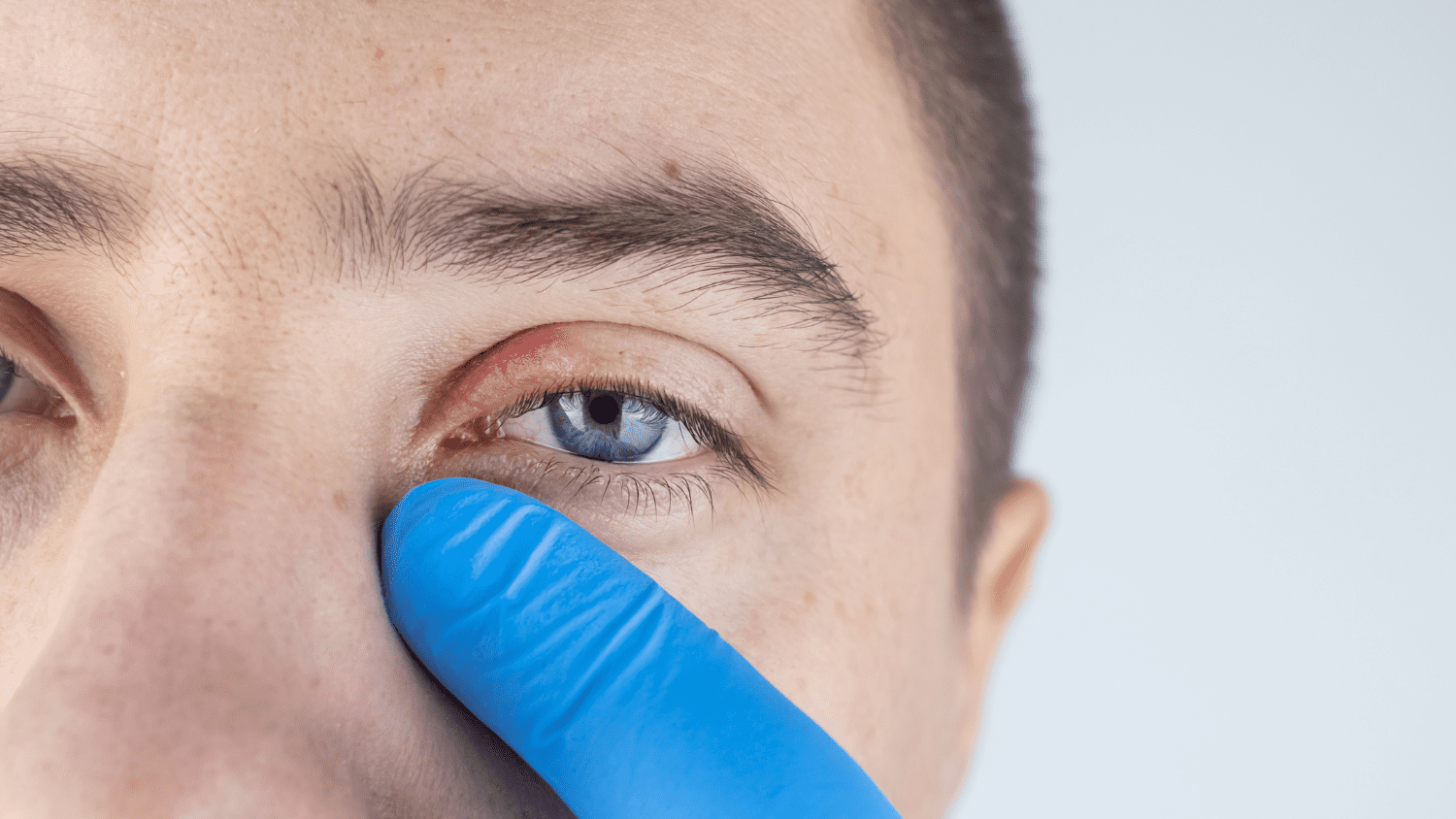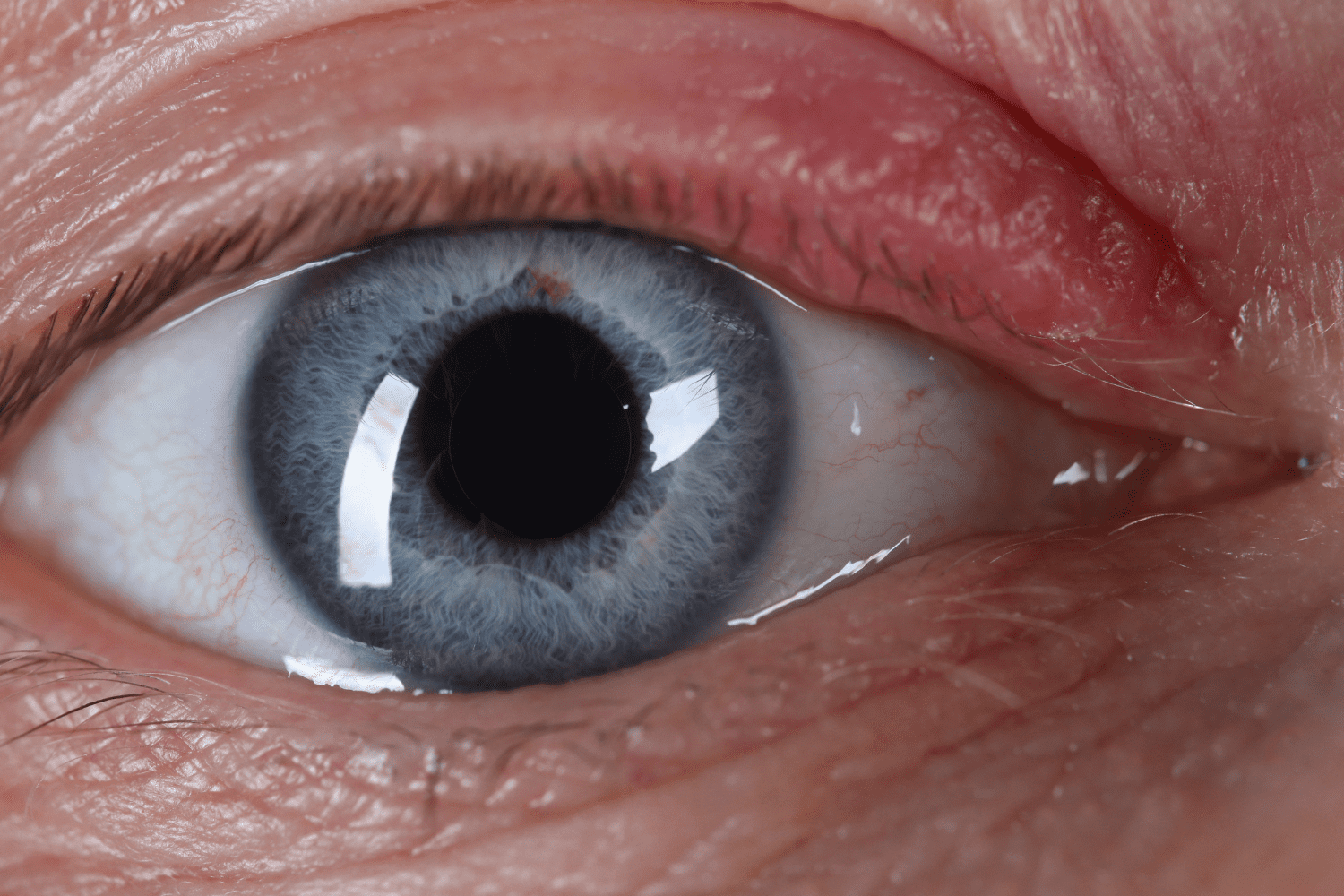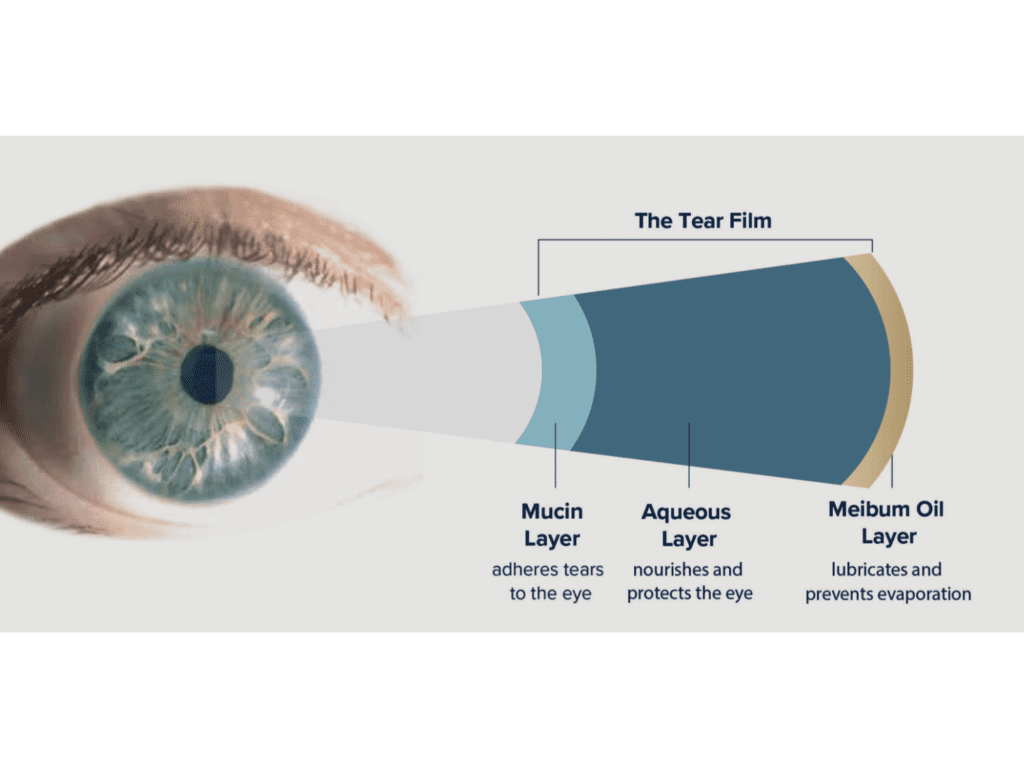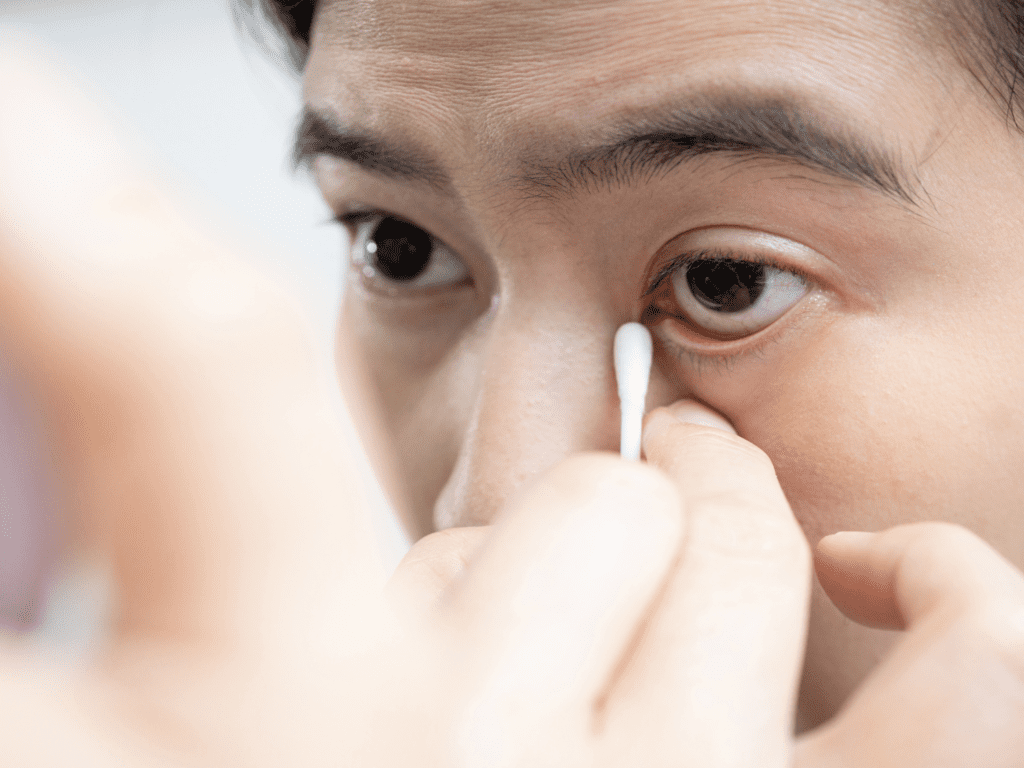What Is Blepharitis?
Blepharitis is a condition causing inflammation of the eyelids, often making them swollen, red or inflamed. It is also a common cause of dry eye disease and can make your eyes feel very gritty as if you have sand in them. Blepharitis almost always affects both eyes. It is a very common condition and can occur in both adults and children.
What Causes Blepharitis?
For most people the exact cause of blepharitis is unknown. It can be associated with Staphylococcus, a common bacterium that lives on the skin, especially in children. Blepharitis can occur with other skin conditions such as acne rosacea. Treating these skin conditions can significantly improve the symptoms of blepharitis.
A mite known as Demodex can also be found living on the eyelashes of some blepharitis sufferers. If found and treated, the blepharitis can be fully cured.
Symptoms of Blepharitis
- A sensation of something in the eye
- Itchiness
- Excessive tears
- Excessive blinking
- Sensitivity to light
- Sore or painful eyelids
- Redness & thickening of eyelid margins
- Dry eyes
- Contact lens intolerance


FAQ
What is dry eye disease?
Your eyes are protected by a delicately balanced layer of tears. Tears have several functions; washing, protecting, nourishing and lubricating the eye. Any deficiencies in this layer cause your eye to become dry. Dry eye disease can have a significant impact on your quality of life.
Your tears are produced by several systems. A healthy tear film is maintained by blinking. Blinking replenishes the tears keeping your eye healthy and helping you to see clearly. Ocular dryness can lead to severe symptoms of grittiness, burning and blurred vision.
What is the mucin layer?
This layer is produced by specialist goblet cells lining the white part of the eye. This viscous layer lubricates and smooths the surface of the eye, forming a base coat for the remaining layers. This layer can become damaged with certain conditions that affect the eye or through trauma, such as a chemical eye injury.
What is the aqueous layer?
The aqueous or water layer is produced by a lacrimal tear gland above your eye. This is the layer we produce when crying. This layer can be affected by autoimmune diseases such as Sjogren’s Syndrome.
What is the meibum oil layer?
This oil layer coats the outside of the tears protecting it from being evaporated. Without this layer, tears evaporate away more quickly, resulting in drying. Posterior blepharitis is the most common cause of this layer being deficient.


Blepharitis Treatment
While blepharitis is an ongoing condition, the symptoms can be controlled. It is common to find periods where your symptoms worsen requiring you to step up treatment. For the majority of people following the simple instructions below will control the issue. For those that need more care, we will help you to develop a treatment strategy.
Whilst the management of anterior and posterior blepharitis can be similar, understanding your issue is vital to treatment success.
Three Step Procedure
You can follow the simple three step procedure below to help treat and manage symptoms of blepharitis.
- Hot Compress
- Gland Expression
- Lid Hygiene



Intense Pulsed Light (IPL) Therapy for Blepharitis
A course of Intense Pulsed Light (IPL) therapy can be an effective treatment for meibomian gland dysfunction and posterior blepharitis. Blepharitis is an inflammatory condition affecting the eyelids, usually due to malfunctioning of the meibomian glands, which secrete valuable oils. IPL uses highly concentrated light pulses to stimulate nerves to increase tear production and oil secretion. The IPL therapy also helps to reduce inflammation in the skin and eyelids. This non-invasive treatment helps to alleviate symptoms such as dryness, redness, itching, and irritation caused by blepharitis. IPL for blepharitis typically improves the overall health and appearance of the eyelids, providing relief to those suffering from the condition of chronic dry eye.
Blepharitis at Vision Care Clinic
The Three Step Procedure is the mainstay of management. During the periods where your symptoms worsen you may occasionally require medical input. Depending upon your individual situation there are a number of treatments that may be appropriate.
Contact our friendly team at Vision Care Clinic for more information on blepharitis treatments.

